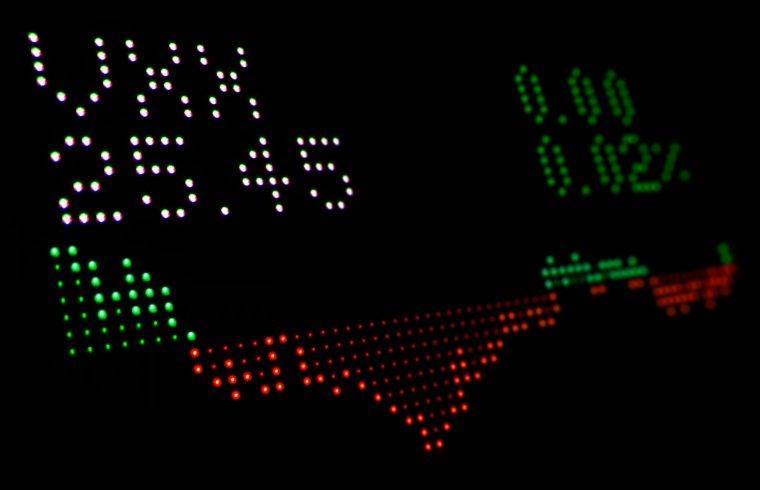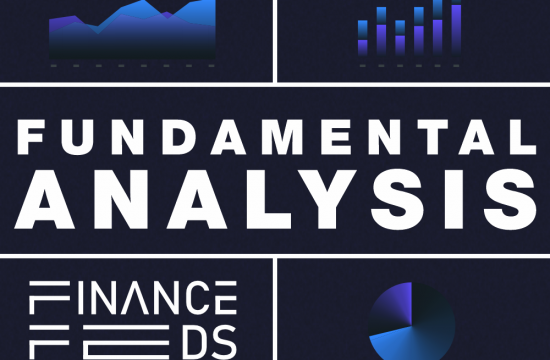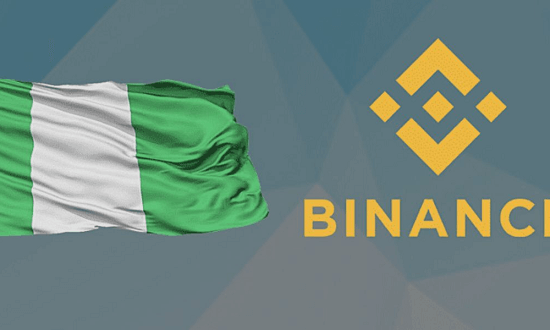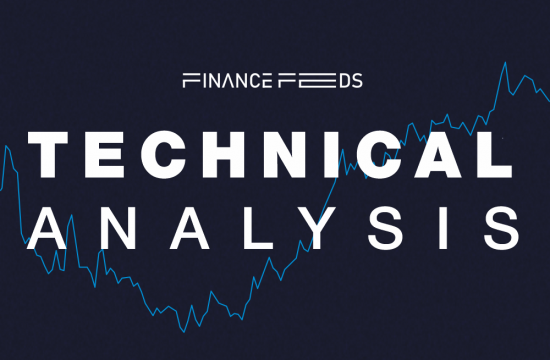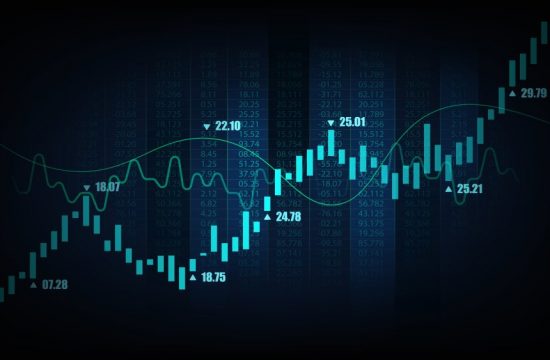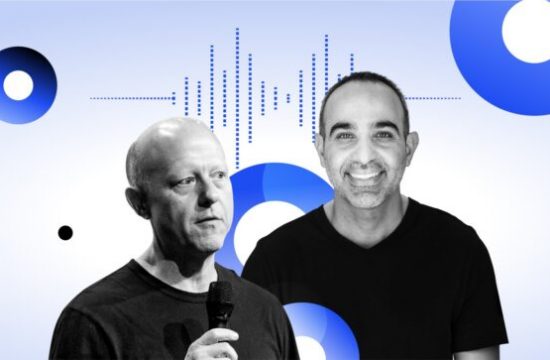The exchange-traded funds (ETF) market is experiencing unprecedented growth and transformation. The growth is expected to accelerate, and the global asset market will reach $14 trillion by the end of 2024. As ETFs become an increasingly popular investment tool, it is essential to capture the dynamics between the main types of ETFs — passive and active ones. What does an investor need to understand to decide on the current economic conditions? Let’s delve deeper into the topic in this article.
Passive ETFs Repeat Indices
Passive funds, as a rule, simply track a specific market index (like the S&P 500) and aim to replicate its performance. The goal is to match the index’s returns rather than outperform them. Nevertheless, indices are not static values; they change along with the composition and weight of companies. For example, the S&P500 index, originally conceived as an effective investment tool, can be considered as a prototype of ETFs before their appearance.
Against current economic instability, passive ETFs currently attract more investors than active ones. The popularity of passive strategies in the form of ETFs has increased dramatically among consumers, and passive funds outperform their active counterparts.
At the end of 2023, passive funds had assets worth about $13.3 trillion, while active ETFs and mutual funds had just over $13.2 trillion. In net terms, active funds lost about $450 billion last year. Meanwhile, passive funds received about $529 billion.
Active ETFs Balance Innovation with Market Risk
On the other hand, active ETFs are driven by innovative ideas and complex algorithms. Rather than merely tracking an index, these funds aim to outperform the market by making strategic investment decisions. Active ETFs are managed by professionals who actively select and adjust the holdings to outperform the market, saving investors time and effort compared to researching and managing individual stock investments. The assets in active ETFs are actively selected and adjusted based on the managers’ research, analysis, and market outlook.
Still, unlike their passive counterparts, they contain risk over the long term, which explains their low popularity. Despite that, since 2019, active ETFs have been growing at an annual rate of over 20%, increasing their total market share in the ETF industry to 8.5%.
Market Consolidation and the Risks of Contrarian Investing
Previously, when there was a lot of money in the market and low interest rates, some lucky investors really managed to gain money when going contrary to the market and managing active ETFs. Before, they could have insights, be smarter, invent some kind of math applicable to investing and other things. However, today, it has become challenging to deal with indices and go against the current. With the development of technology and the strengthening of the role of major players, indices backed by big fish have become the epitome of market efficiency.
The current market environment presents significant challenges, particularly for those considering contrarian investment strategies. The market has become highly consolidated, with major players dominating the landscape. Moreover, the word “recession” appears in the background because of the latest US financial statements. There are incredibly high rates and a whole bunch of geopolitical problems. This does not inspire optimism to fight with big companies—going against the majority opinion means condemning yourself to failure. Thus, it is unsurprising why investors flock to passive ETFs instead of active.
The Dilemma of Investment Strategy in ETFs
Thus, today, the paradigm has completely changed—it is much safer for investors to opt for active ETFs that align with their beliefs, such as funds focused on artificial intelligence or emerging markets. Active ETFs offer diversification by pooling multiple stocks into one fund, reducing the risk of holding a single stock. If investors are even more risk-averse, they can choose passive funds to stay safe.
The choice between ETFs refers to a fundamental psychological dilemma: fear versus greed. Passive funds represent a more cautious, fear-driven approach, providing stability and broad market exposure. In contrast, active funds cater to the greedier side of investing, offering the potential for higher returns through more aggressive strategies.
There is no one-size-fits-all answer; each investor must balance between these emotional poles, making decisions based on their unique circumstances.
Julia Khandoshko is the CEO of broker Mind Money. She is an experienced C-level executive and financial services professional with over 10 years of experience in technology innovation and capital markets. She leverages her extensive background to guide Mind Money in offering traditional financial instruments enhanced by advanced technologies. As CEO, Julia is responsible for developing the company’s strategy and leading its expansion into new markets.
The subject matter and the content of this article are solely the views of the author. FinanceFeeds does not bear any legal responsibility for the content of this article and they do not reflect the viewpoint of FinanceFeeds or its editorial staff.


